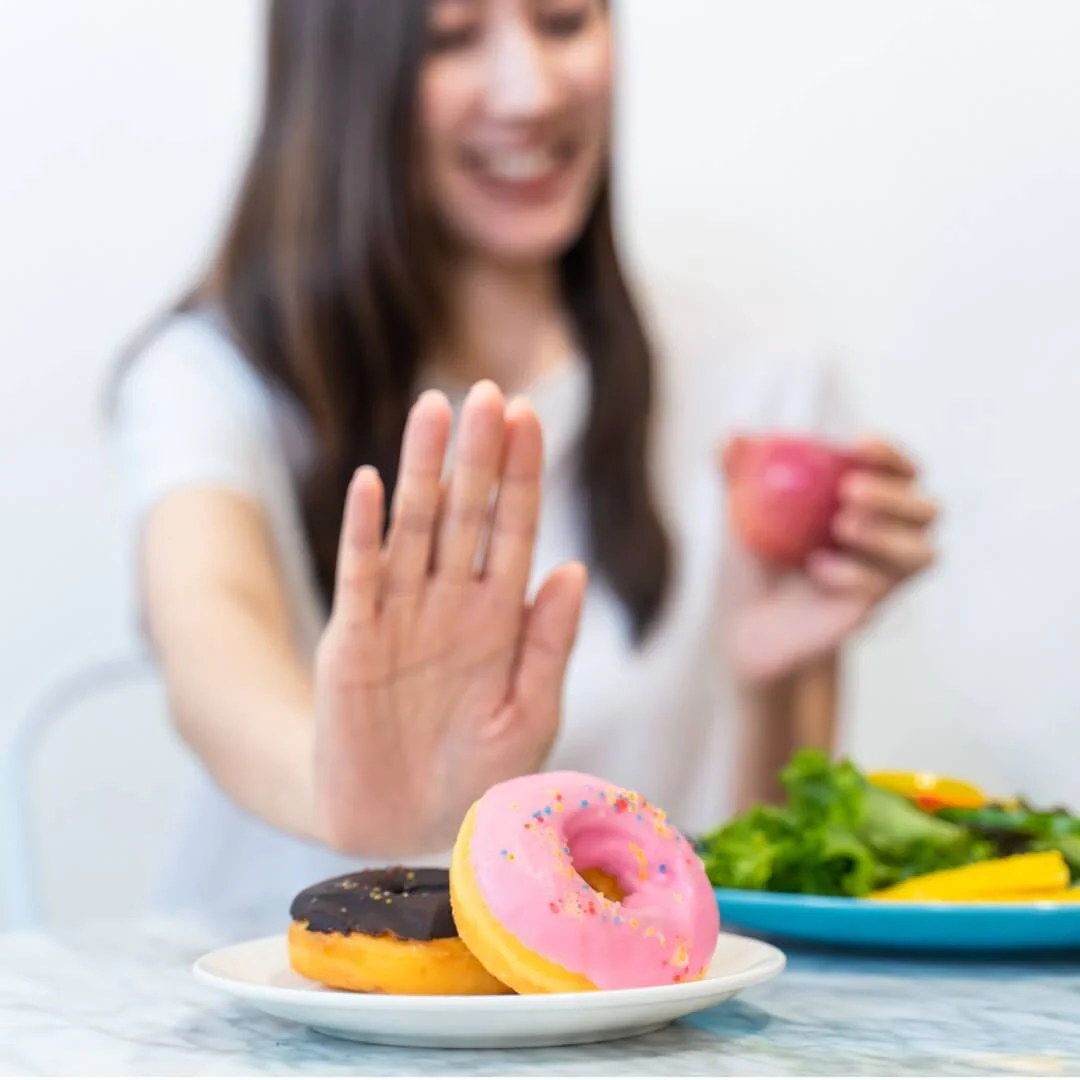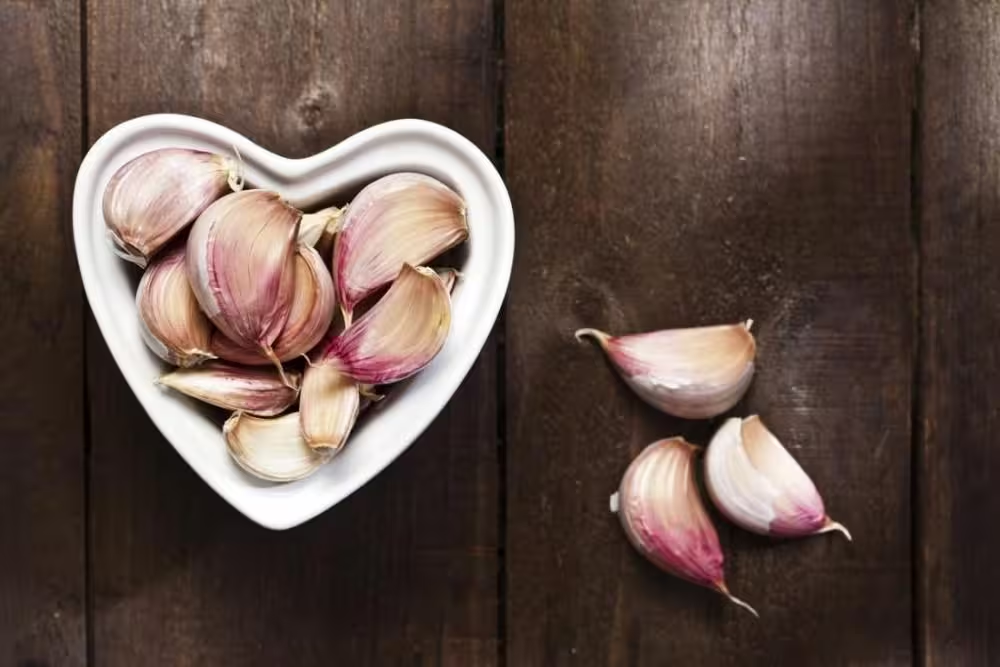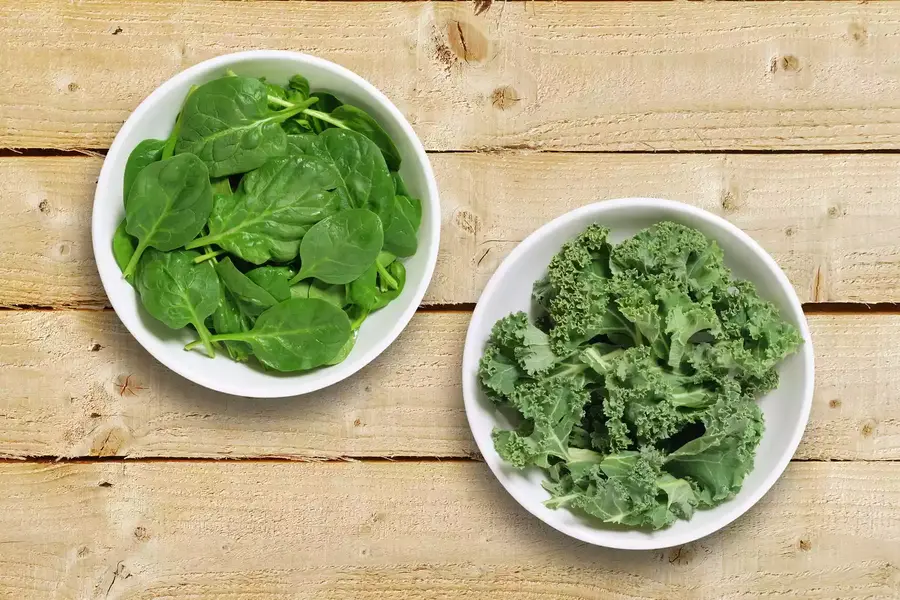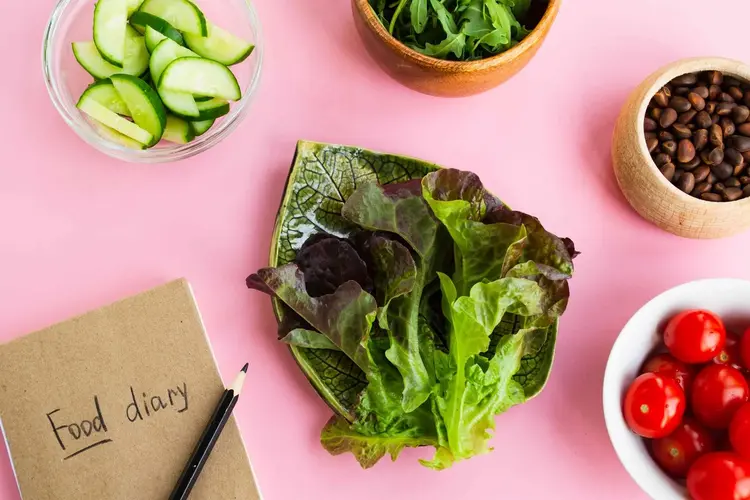Losing weight is a multifaceted process, and diet plays a critical role in achieving sustainable results. Some foods and drinks, despite seeming harmless, can hinder progress due to their high calorie, sugar, or fat content. This guide discusses 20 foods and beverages you should avoid if you want to achieve your weight loss goals.
1. Sugary Sodas
Sugary sodas are one of the worst offenders when it comes to weight gain. These beverages are packed with sugar, offering no nutritional benefits and empty calories. For example, a typical can of soda contains around 150 calories and 39 grams of sugar, and it’s easy to consume multiple servings without realizing it. This leads to an excessive intake of calories without any sense of fullness or satisfaction.
Sugary drinks are particularly harmful because the body doesn’t register liquid calories in the same way as it does solid food. As a result, consuming high-sugar drinks doesn’t trigger feelings of fullness, making it easy to overconsume them along with regular meals.
Alternative:
To reduce your sugar intake, opt for water, herbal teas, or sparkling water with a squeeze of lemon or lime. Staying hydrated is key for weight loss, as it helps digestion and prevents overeating due to dehydration-related hunger.
2. White Bread
White bread is made from refined grains, stripped of much of its fiber, vitamins, and minerals during processing. Without fiber, white bread can cause rapid spikes in blood sugar levels, which are followed by crashes that lead to increased hunger and cravings. This cycle can contribute to overeating and weight gain over time.
Moreover, white bread has a high glycemic index (GI), meaning it quickly converts into glucose in the bloodstream. Consistently consuming high-GI foods can lead to insulin resistance, increasing the risk of obesity and type 2 diabetes.
Alternative:
Switch to whole-grain or sprouted grain bread, which retains its fiber and nutrients, helping you stay full for longer and avoid blood sugar spikes. Whole grains also provide a steady source of energy, promoting better control over food intake throughout the day.
3. Fried Foods
Fried foods, such as french fries, fried chicken, and fried fish, are extremely calorie-dense due to their high fat content. When foods are fried, they absorb large amounts of oil, significantly increasing their caloric content. Additionally, the oils used in frying are often unhealthy trans fats, which contribute to inflammation, heart disease, and weight gain.
Fried foods are not only high in calories but also low in nutrients. They provide little to no dietary fiber, protein, or vitamins, making them a poor choice for anyone looking to lose weight.
Alternative:
Consider using healthier cooking methods like baking, grilling, or air frying. These methods reduce the amount of oil used and retain more of the food’s nutrients. For example, baked sweet potato fries can satisfy your craving for fried foods without the excessive calories and fats.
4. Pastries and Donuts
Pastries, donuts, and other baked goods are typically made with refined flour, sugar, and unhealthy fats, making them a high-calorie, low-nutrient option. These items are designed to taste good but offer little in terms of satiety. The combination of sugar and fat makes them highly palatable and easy to overconsume, which can significantly hinder weight loss efforts.
One of the biggest problems with pastries is their sugar content. Consuming too much sugar triggers a rapid spike in blood sugar, followed by a crash, which can lead to more cravings and overeating throughout the day.
Alternative:
Instead of reaching for pastries, try making your own baked goods with whole grains and natural sweeteners like honey or maple syrup. You can also enjoy a piece of dark chocolate or a handful of nuts to satisfy sweet cravings without the added sugar and unhealthy fats.
5. Ice Cream
Ice cream is a popular treat, but it’s often packed with sugar and fat. A single serving can contain 200-300 calories or more, and it’s easy to eat multiple servings in one sitting without realizing how much you’ve consumed. The high sugar content in ice cream not only contributes to weight gain but also increases cravings for more sugary foods.
Moreover, many ice creams are made with high-fructose corn syrup, a sweetener that has been linked to increased fat storage and higher risks of obesity and metabolic disorders.
Alternative:
If you’re craving something cold and sweet, opt for frozen yogurt or a homemade smoothie bowl. These options allow you to control the ingredients and reduce the sugar and fat content while still enjoying a delicious, refreshing treat.
6. Alcohol (Cocktails and Beer)
Alcoholic beverages, especially sugary cocktails and beer, are notorious for their high-calorie content. Drinking alcohol can also lower your inhibitions, making it easier to overeat or choose unhealthy foods. Additionally, when alcohol is consumed, the body prioritizes metabolizing it over other macronutrients, which can slow down fat burning.
Cocktails, in particular, can be very deceptive in terms of calories. Drinks like margaritas and piña coladas can contain 300-500 calories or more per serving due to the addition of syrups, juices, and sugary mixers.
Alternative:
If you want to indulge, stick to lighter alcoholic options like dry wine or spirits mixed with soda water. For a non-alcoholic treat, try a mocktail made with fresh fruit and herbs.
7. Canned Soups
While canned soups may seem like a healthy, low-calorie meal, many of them are packed with sodium and hidden fats. High sodium content can cause water retention and bloating, giving the appearance of weight gain. Additionally, many canned soups contain added sugars and preservatives, which can add unnecessary calories to your diet.
Some soups can contain 1000 milligrams of sodium or more in a single serving, far exceeding the recommended daily intake. This can lead to increased blood pressure and other health issues if consumed regularly.
Alternative:
Make homemade soups using fresh vegetables, lean proteins, and low-sodium broth. This allows you to control the ingredients, making your meals more nutritious and weight-loss-friendly.
8. Breakfast Cereals
Many breakfast cereals, even those marketed as “healthy” or “whole grain,” are loaded with added sugars. Starting your day with a sugar-laden cereal can cause blood sugar spikes and crashes, leading to increased hunger and overeating later in the day. Additionally, most cereals are low in protein and fiber, two key components for feeling full and satisfied.
Even seemingly healthy options like granola can be deceiving, as they can contain significant amounts of added sugars and fats that contribute to weight gain.
Alternative:
Choose high-fiber, low-sugar options like oats or bran flakes. Pair them with a source of protein, such as Greek yogurt or a handful of nuts, to keep hunger at bay and provide sustained energy throughout the morning.
9. Granola Bars
Granola bars are often marketed as a healthy snack, but many of them are packed with sugar, unhealthy fats, and additives. Some granola bars can contain as much sugar as a candy bar, making them a poor choice for anyone trying to lose weight. The combination of sugar and refined grains provides little satiety, leading to more frequent snacking and overeating.
Alternative:
Make your own granola bars at home using oats, nuts, seeds, and natural sweeteners like honey or dates. This way, you can control the ingredients and ensure your snack is both nutritious and weight-loss-friendly.
10. Fruit Juices
Fruit juices may seem like a healthy option, but they are often just as bad as sugary sodas. While they may contain some vitamins and minerals, fruit juices lack the fiber found in whole fruits, making it easy to consume large amounts of sugar without feeling full. A typical glass of juice can contain as much sugar as a can of soda, contributing to weight gain and increased cravings.
Additionally, fruit juices can cause blood sugar spikes, leading to energy crashes and increased hunger, making it harder to stick to a calorie deficit.
Alternative:
Eat whole fruits instead. The fiber in whole fruits helps slow down the absorption of sugar, keeping you full and satisfied for longer.
11. Flavored Yogurts
Flavored yogurts can be deceptively unhealthy, as they often contain high amounts of added sugars and artificial flavorings. A single serving of flavored yogurt can contain up to 20 grams of sugar, which is comparable to eating a candy bar. This excess sugar can lead to weight gain, especially when consumed regularly as part of a meal or snack.
Alternative:
Choose plain Greek yogurt, which is rich in protein and low in sugar. Add fresh fruit, nuts, or a drizzle of honey to naturally sweeten your yogurt while keeping it healthy.
12. Potato Chips and Salty Snacks
Potato chips, crackers, and other salty snacks are high in calories and sodium, yet low in nutrients. These processed foods are designed to be addictive, making it easy to overeat them without realizing how many calories you’ve consumed. Their high sodium content also promotes water retention, leading to bloating and temporary weight gain.
Alternative:
Try air-popped popcorn or baked vegetable chips, which are lower in calories and provide some fiber and nutrients.
13. Candy Bars
Candy bars are a concentrated source of sugar, fat, and calories. They provide little in terms of nutrition and are designed to give a quick energy boost, followed by an inevitable crash that leads to more cravings for sweets. Regular consumption of candy bars can significantly contribute to weight gain, especially if they are eaten as part of your daily diet. Candy bars are often consumed as snacks, but their high sugar content makes them counterproductive for weight loss. Even small portions can contain upwards of 200-300 calories and nearly 30 grams of sugar.
Alternative:
Instead of reaching for a candy bar, try having a few squares of dark chocolate, which has less sugar and offers antioxidants. You can also opt for homemade energy balls made with dates, nuts, and seeds for a more nutritious, naturally sweet option.
14. Pizza
Pizza is a favorite comfort food, but it can easily derail your weight loss goals due to its high-calorie content. Traditional pizzas are made with refined flour crusts, topped with processed meats, and loaded with cheese, all of which are high in calories, unhealthy fats, and sodium. A typical slice of pizza can contain between 250 to 400 calories, and it’s easy to consume several slices in one sitting, leading to excess calorie intake.
The combination of refined carbs, saturated fats, and processed ingredients in most pizzas makes it challenging to maintain a calorie deficit, which is essential for weight loss.
Alternative:
Make a healthier version of pizza at home by using a whole grain or cauliflower crust, low-fat cheese, and plenty of vegetable toppings. Opt for lean proteins like grilled chicken or turkey sausage instead of high-fat processed meats.
15. Canned Fruit in Syrup
Canned fruits can be a convenient option, but many are packed in sugary syrups that add unnecessary calories and sugar to your diet. These added sugars contribute to weight gain and increase your risk of developing insulin resistance and other metabolic issues.
Even though fruit is generally considered a healthy option, consuming it in a processed form with added sugars can negate its nutritional benefits. Additionally, canned fruit in syrup often lacks the fiber found in fresh fruit, making it less satisfying and more likely to contribute to overeating.
Alternative:
Opt for fresh or frozen fruit, which retains its natural fiber and nutrients without the added sugars. If you prefer canned fruit, look for options packed in water or 100% fruit juice instead of syrup.
16. Energy Drinks
Energy drinks are often marketed as a way to boost energy and performance, but they are loaded with sugar and caffeine. While they may provide a temporary energy boost, the high sugar content can lead to rapid blood sugar spikes, followed by crashes that leave you feeling even more tired. Additionally, consuming excess caffeine can disrupt sleep patterns, which is detrimental to weight loss efforts.
The sugar and caffeine content in energy drinks can also contribute to increased hunger and cravings, making it harder to stick to a balanced, healthy diet.
Alternative:
Instead of reaching for an energy drink, try drinking water infused with lemon, cucumber, or mint for a refreshing and natural energy boost. Herbal teas or green tea are also great alternatives that provide a gentle caffeine boost without the sugar crash.
17. Creamy Salad Dressings
Salads are often considered a healthy choice for weight loss, but creamy salad dressings like ranch, blue cheese, and Caesar can quickly turn your healthy salad into a calorie-laden meal. These dressings are typically made with unhealthy fats and added sugars, and just a few tablespoons can add hundreds of extra calories to your meal.
In addition to their high-calorie content, creamy dressings are often packed with unhealthy saturated fats, which can contribute to weight gain and increase your risk of heart disease.
Alternative:
Use vinaigrettes made from heart-healthy olive oil, lemon juice, and balsamic vinegar. These options are lower in calories and provide healthy fats that support your weight loss efforts.
18. Full-Fat Dairy Products
Full-fat dairy products like whole milk, cream, and certain types of cheese are high in calories and saturated fats. While dairy can provide essential nutrients like calcium and protein, consuming full-fat versions in large amounts can make it difficult to maintain a calorie deficit.
For example, a single cup of whole milk contains about 150 calories and 8 grams of fat, while low-fat or skim milk contains significantly fewer calories and less fat. Consuming full-fat dairy products regularly can contribute to weight gain and increase your intake of unhealthy saturated fats.
Alternative:
Switch to low-fat or non-fat dairy products, such as skim milk, low-fat yogurt, or reduced-fat cheese. These options provide the same essential nutrients without the excess calories and fat.
19. Refined Pasta
Refined pasta, made from white flour, is another food to limit when trying to lose weight. Like white bread, refined pasta is low in fiber and quickly digested, leading to rapid spikes in blood sugar. This can cause a surge in energy, followed by a crash that leaves you feeling hungry and craving more food soon after eating.
Additionally, refined pasta is calorie-dense, and it’s easy to overeat large portions, especially when paired with high-calorie sauces and toppings like cheese and cream.
Alternative:
Choose whole grain pasta, or better yet, pasta made from chickpeas or lentils. These options are higher in fiber and protein, helping you stay fuller for longer and providing more sustained energy.
20. Butter and Margarine
Butter and margarine are common ingredients used in cooking and baking, but they are high in saturated fats and calories. Consuming large amounts of butter or margarine can add extra calories to your meals, making it harder to create the calorie deficit needed for weight loss. Furthermore, margarine often contains trans fats, which are known to contribute to inflammation and weight gain.
Saturated and trans fats not only promote weight gain but also increase the risk of cardiovascular diseases and other health issues.
Alternative:
Use healthier fat alternatives like olive oil, avocado, or nut butter. These options provide healthy monounsaturated fats, which are better for your heart and can help you manage your weight more effectively.
Final Thoughts
Losing weight is about making consistent, mindful choices that support your goals. While it’s tempting to indulge in highly processed, sugary, or fatty foods and drinks, doing so can sabotage your progress. By avoiding the 20 foods and drinks listed above, you can reduce unnecessary calorie intake, manage hunger more effectively, and improve your chances of reaching your weight loss goals.
The key to long-term weight loss success is balance and moderation. Focus on whole, unprocessed foods that are rich in nutrients, fiber, and lean proteins, which will keep you feeling full and satisfied. Additionally, staying hydrated with water or other low-calorie beverages can help you avoid consuming excess calories through sugary drinks. Remember, small, sustainable changes are far more effective than drastic measures, and over time, these adjustments will lead to lasting weight loss and improved overall health.




